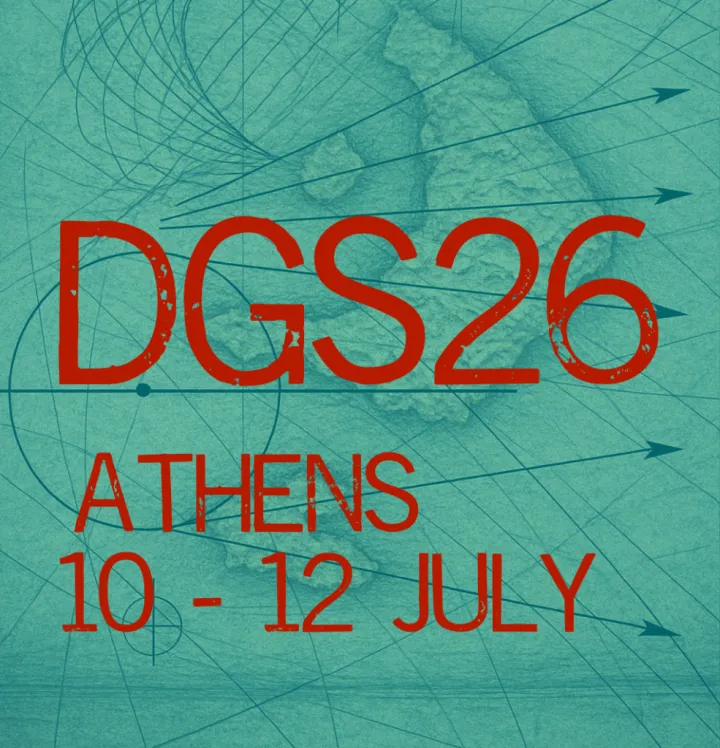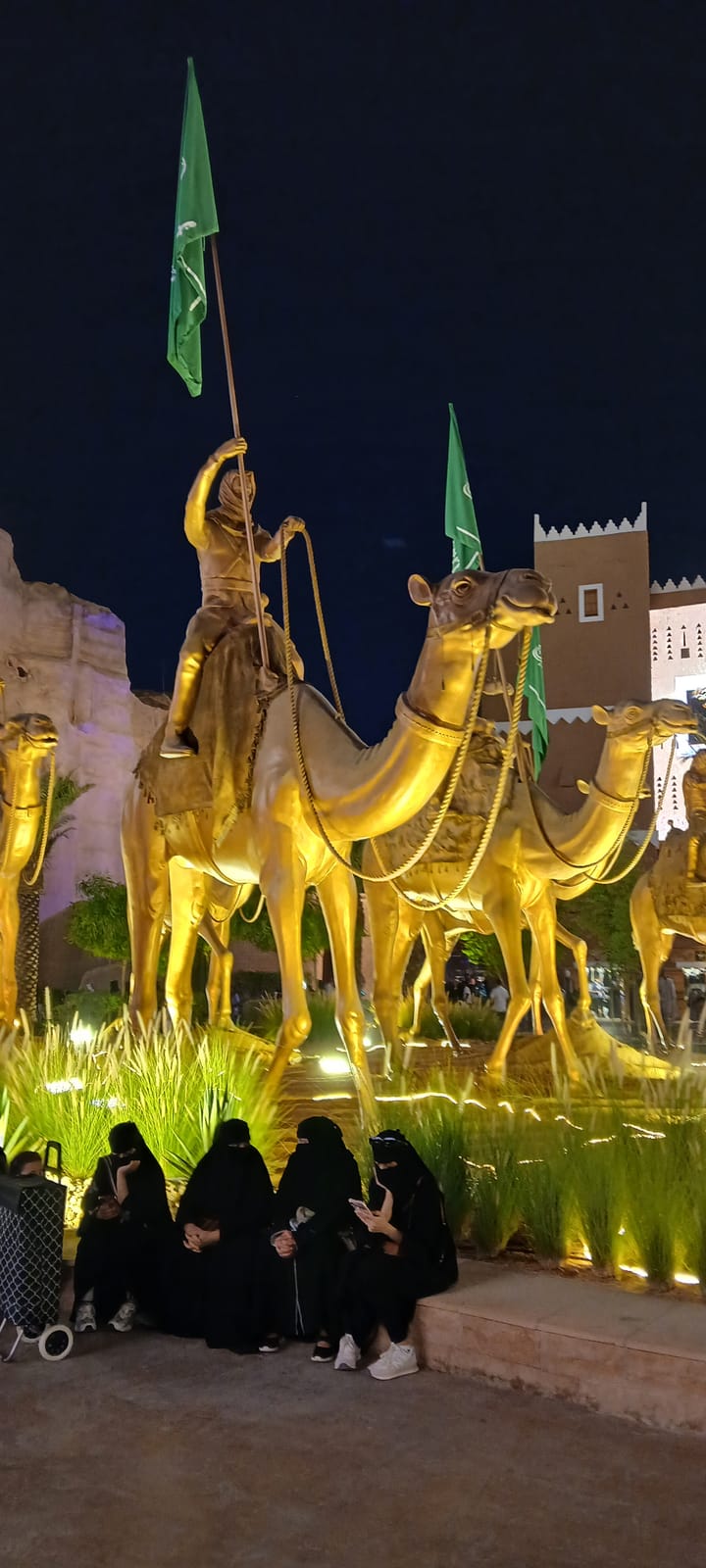ffff fashion x 2: Obaya Mall & Princess Souq
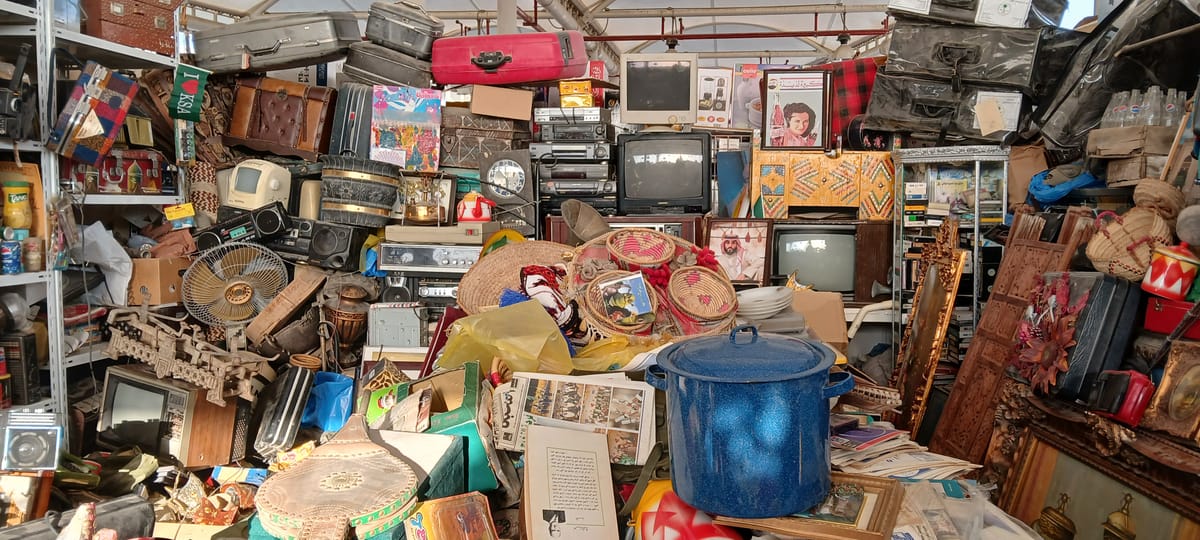
. . . on the way. . .
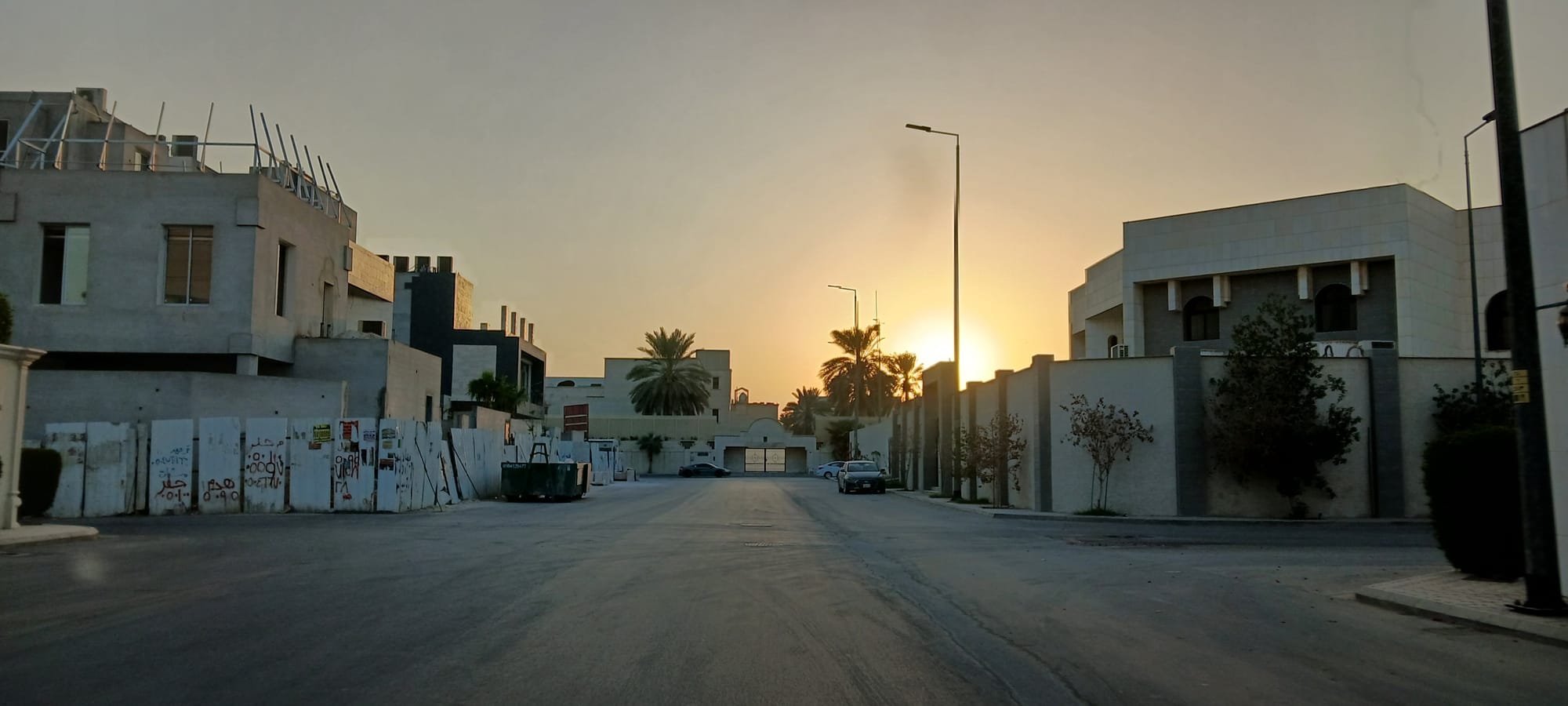
. . . and in the zone. . .
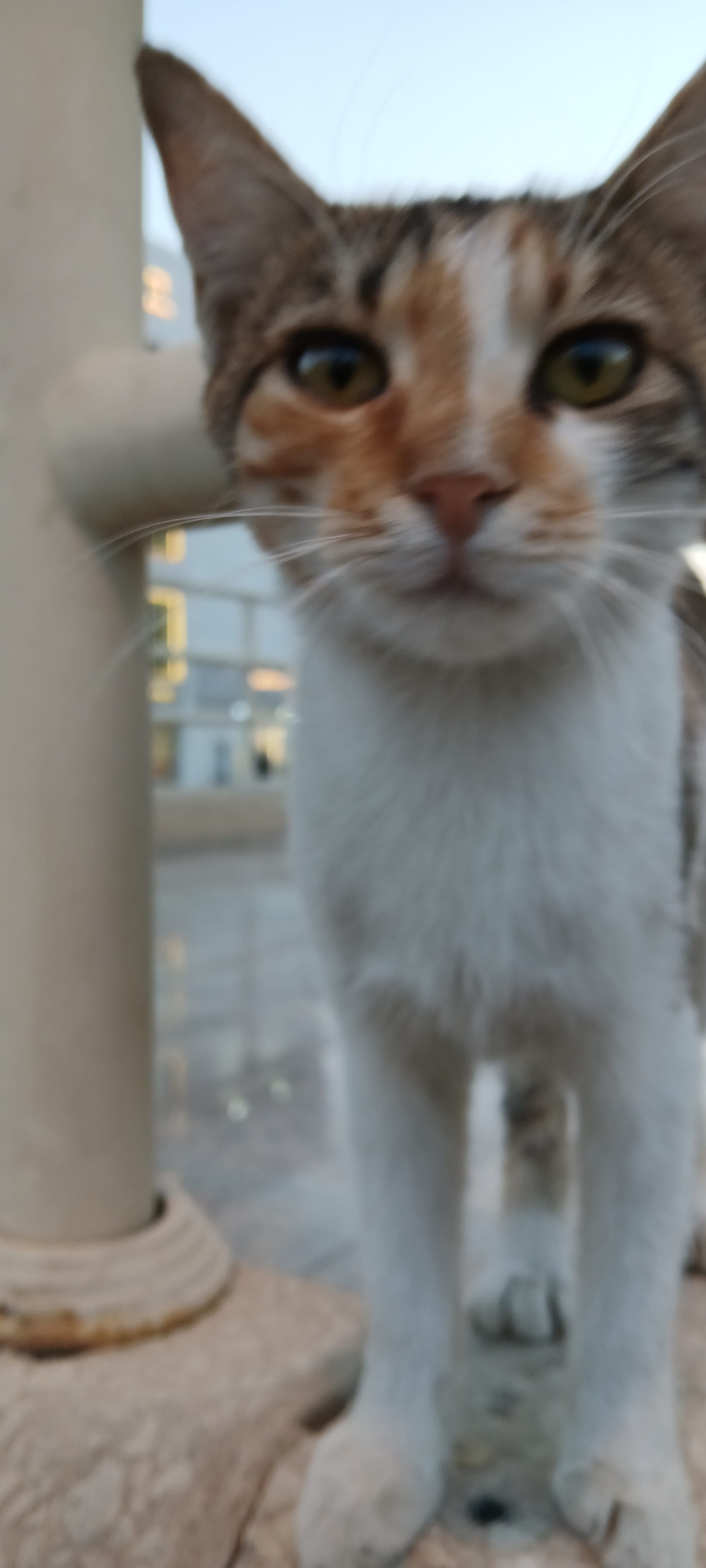
observed. . . to the obaya mall. . .
the selfie with this proprietor: the shop itself is perhaps a little fusty, high ceilings showing the ducts and bits common to mall shops, and high up on the walls sample dresses on rough-sawn painted trellis, an 80s air then of time-capsule, encapsulating the proprietor, to whom we are not, out of politeness, first drawn, but to the peasanty regional-type frocks on racks adjacent to the door, these among the only finished pieces, for sale but equally on display, the rest of the store given over to a storehouse of a vast number and variety of fabrics, folded and in rolls, piled up along aisles running through the middle, the desk to our left, with a curated collection of suitcases, a typewriter, props from a dress-maker's life, and the proprietor himself starting to speak. . .
in fluent English, a largish peanut-shaped head, bald, a proprietary air, his assistants busy being busy, thobed, sandaled, them and himself, dressed for business, and he most animated, wanting to engage, which we initially take for wanting to make a sale. He wears rimless glasses, one eye is disconcertingly much larger than the other and, unblinking, glass. We approach and he asks our business, film I go along with, with which he starts to expatiate on his career as a costumier, film, to stars. He finally brags, admitting he is bragging, he owns the dress Marilyn Monroe wore when she sang "Happy Birthday Mr. President" and shows us on his phone, a reminder:
. . . this is his parting gift to us. And on the way we are questioned as to whether we know who introduced . . . a certain style to the world, why Grace Kelly did, was it checks or ginghams or Indian patterns, sari-style? I think it was a certain pattern. . .
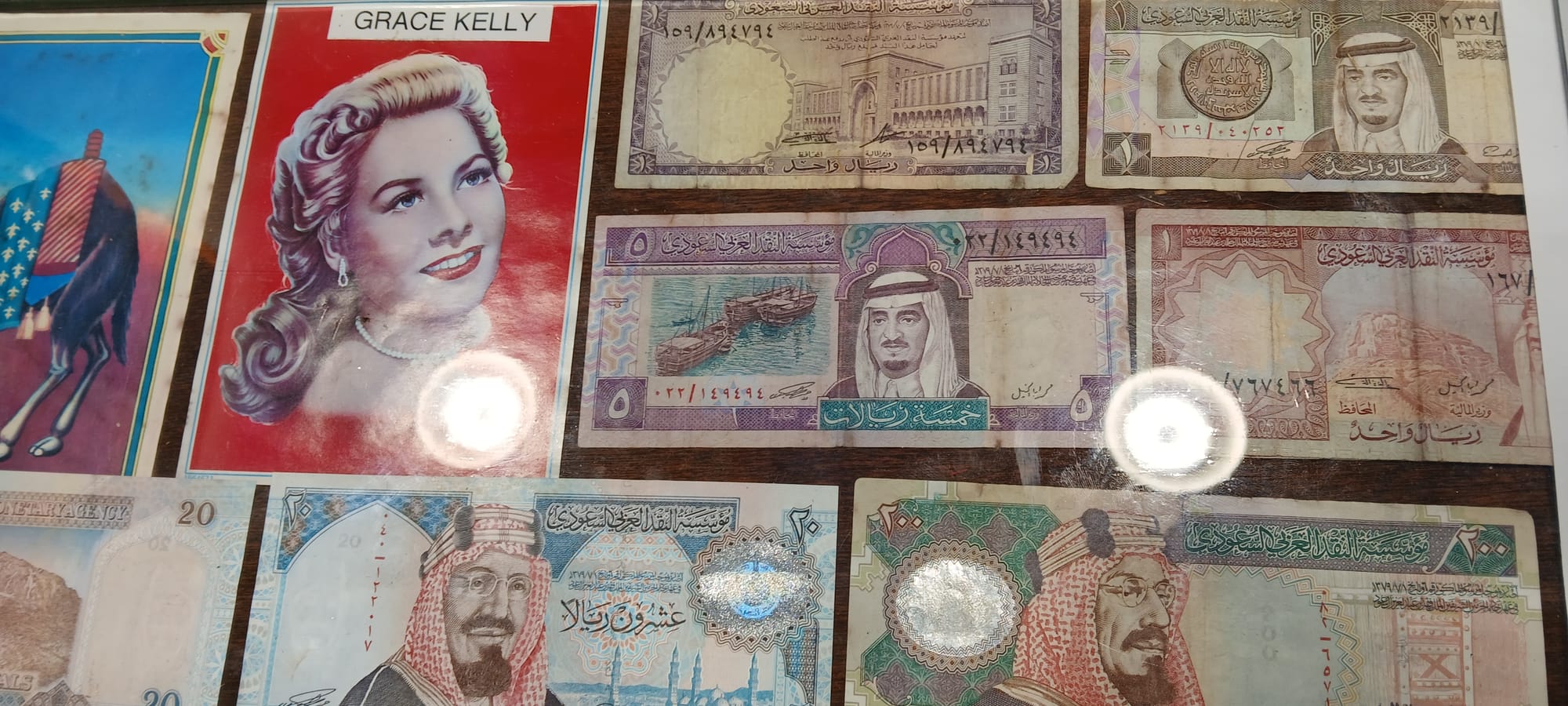
And he showed us waxed fabrics:
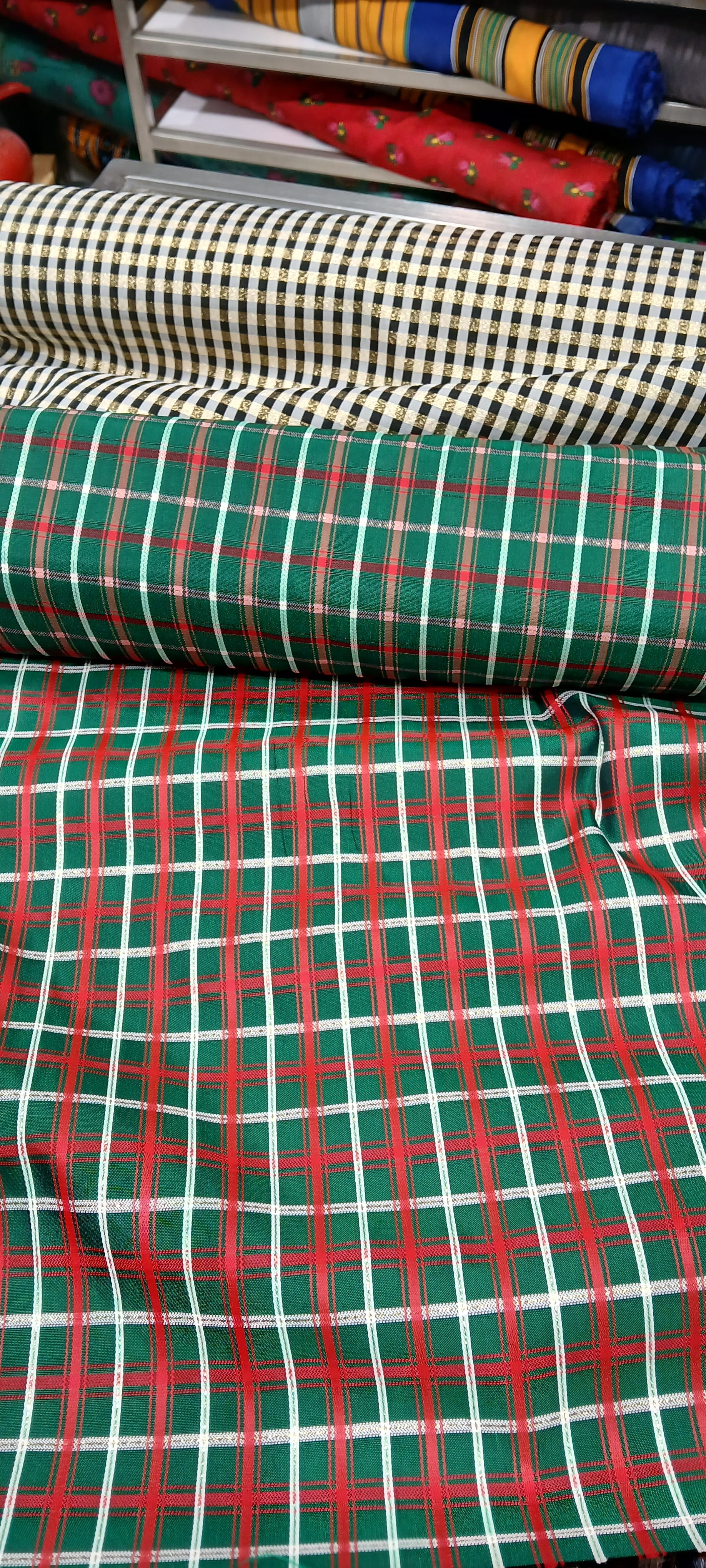
. . . and further admitted that he was permitted this store as a memory box, a personal museum. Making a sale had been the furthest from his mind. I would like to revisit him some time, but I am forgetting a striking piece of knowledge he imparted, how the fashion went before 1979 (about which, citing its source as Kim Ghattas's The Black Wave: Saudi Arabia, Iran, and the Forty-Year Rivalry That Unraveled Culture, Religion, and Collective Memory in the Middle East, 2020, read here), miniskirts on the streets. . . a reminder from 1970s Damascus:
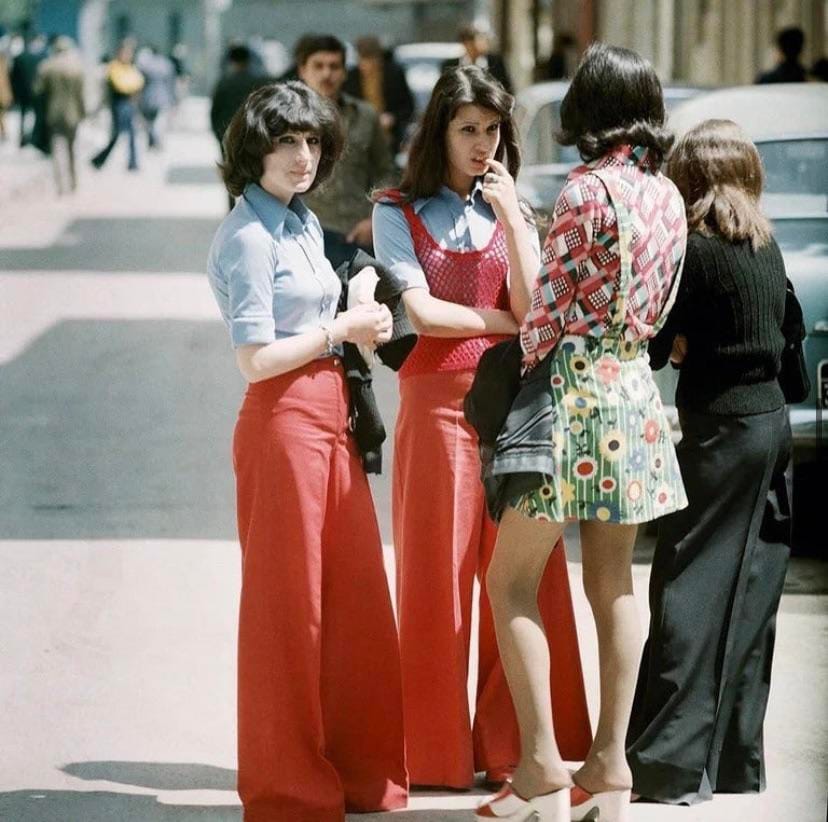
. . . as prayer breaks out on cue:
Lest it be thought fashion, . . . well, you will see. . .
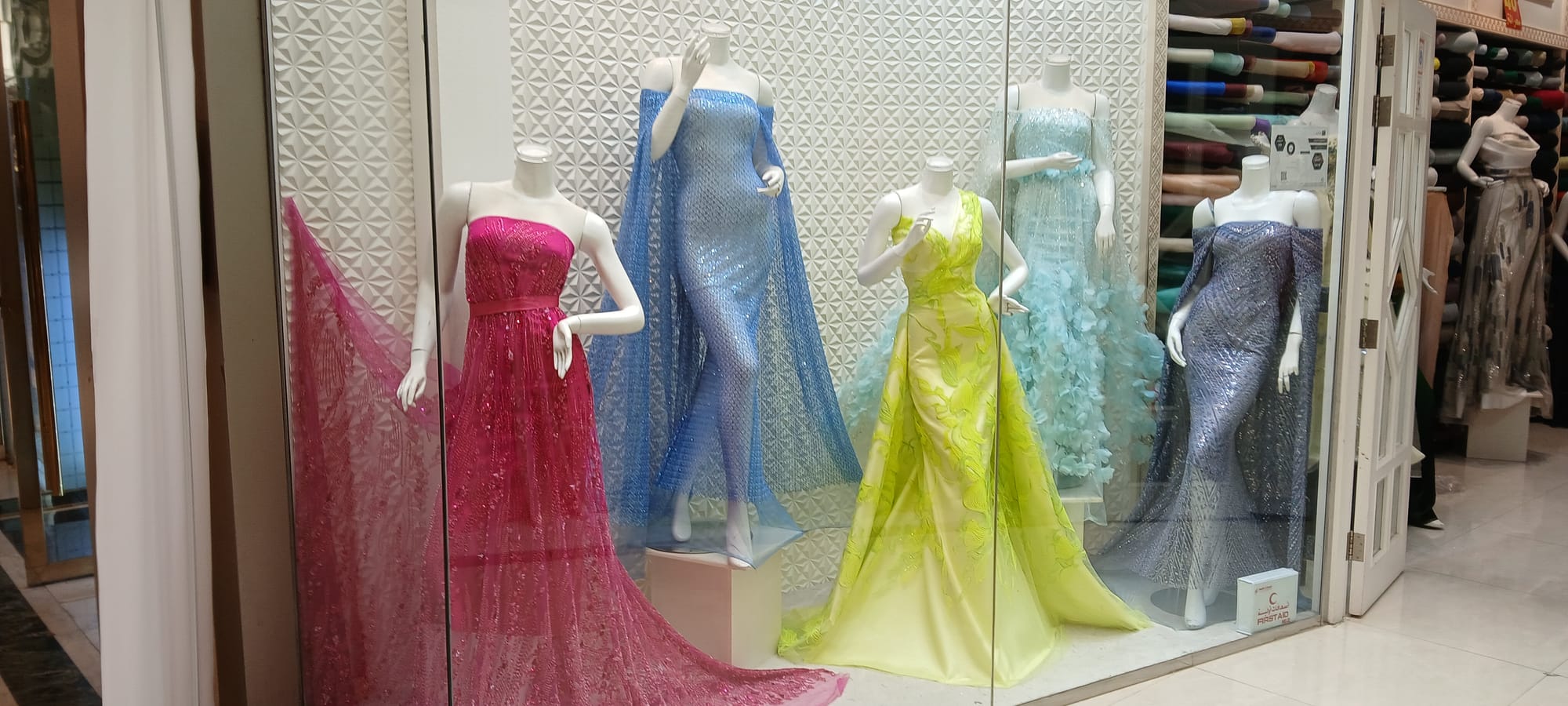
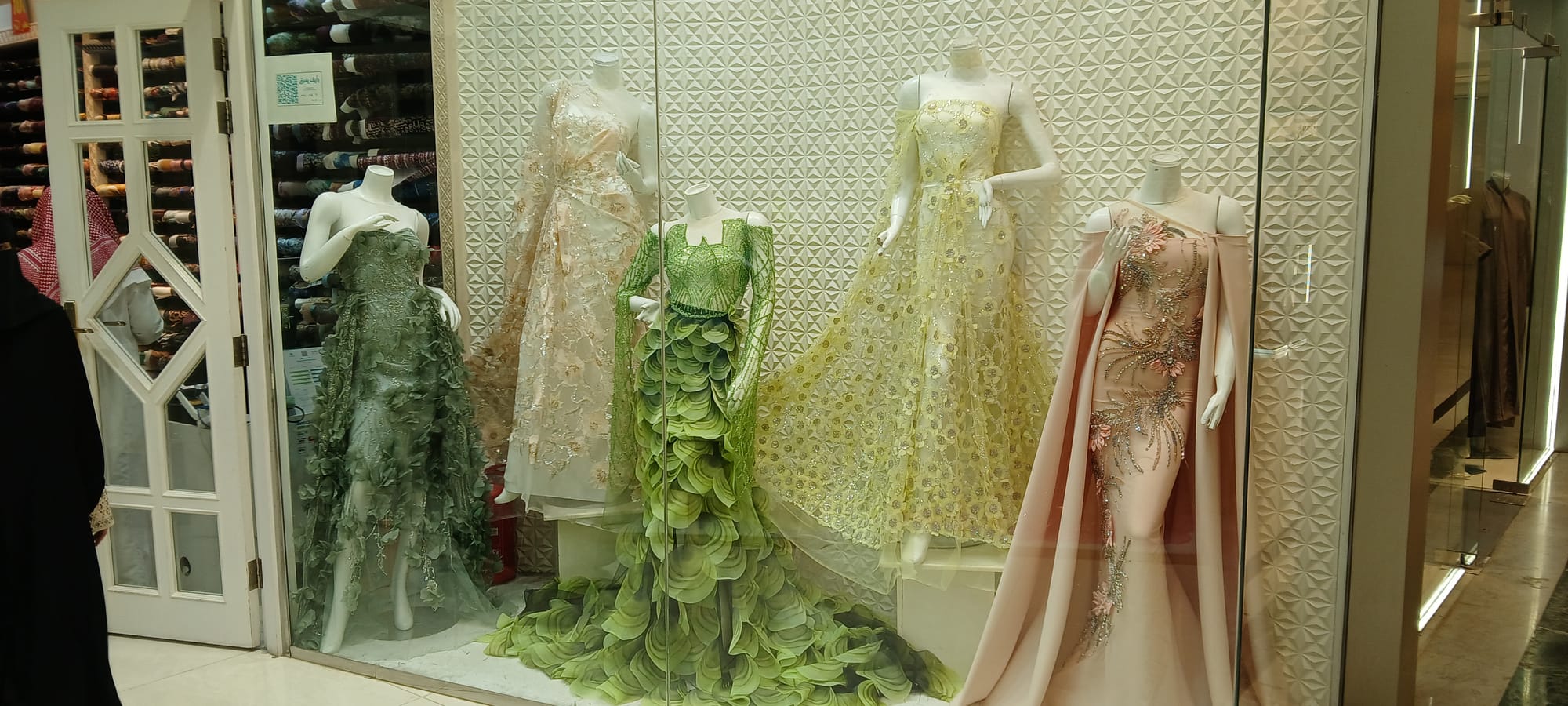

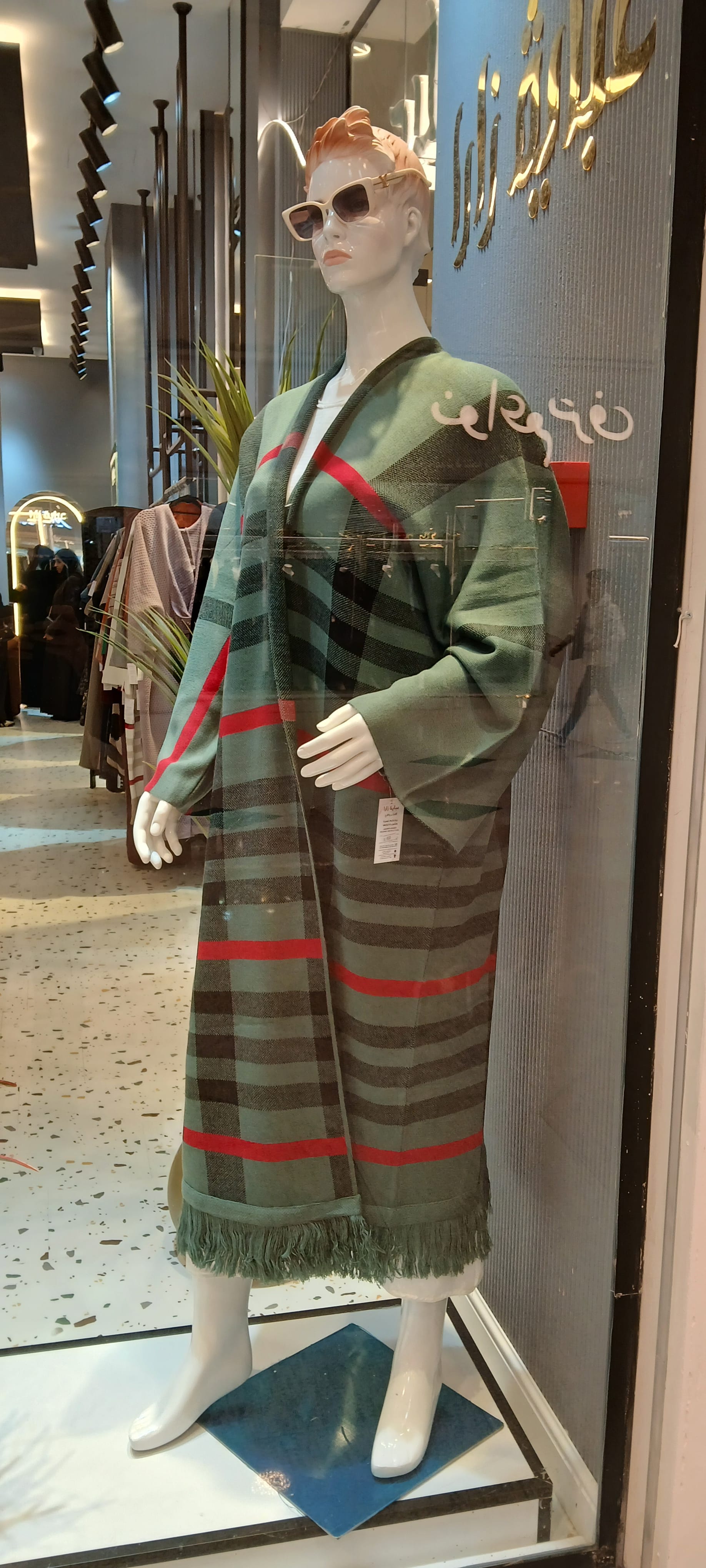

another burst of . . .
. . . contd.

another day:
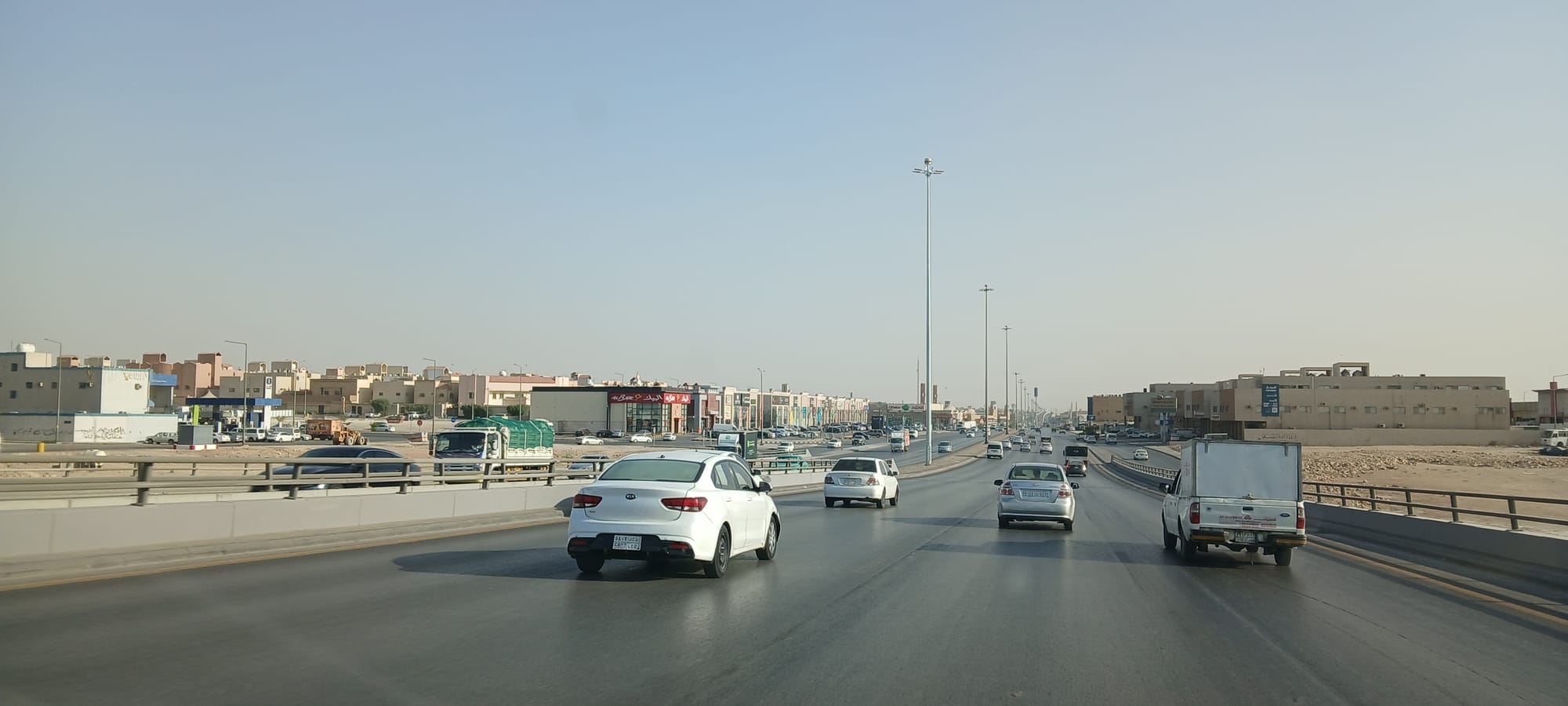

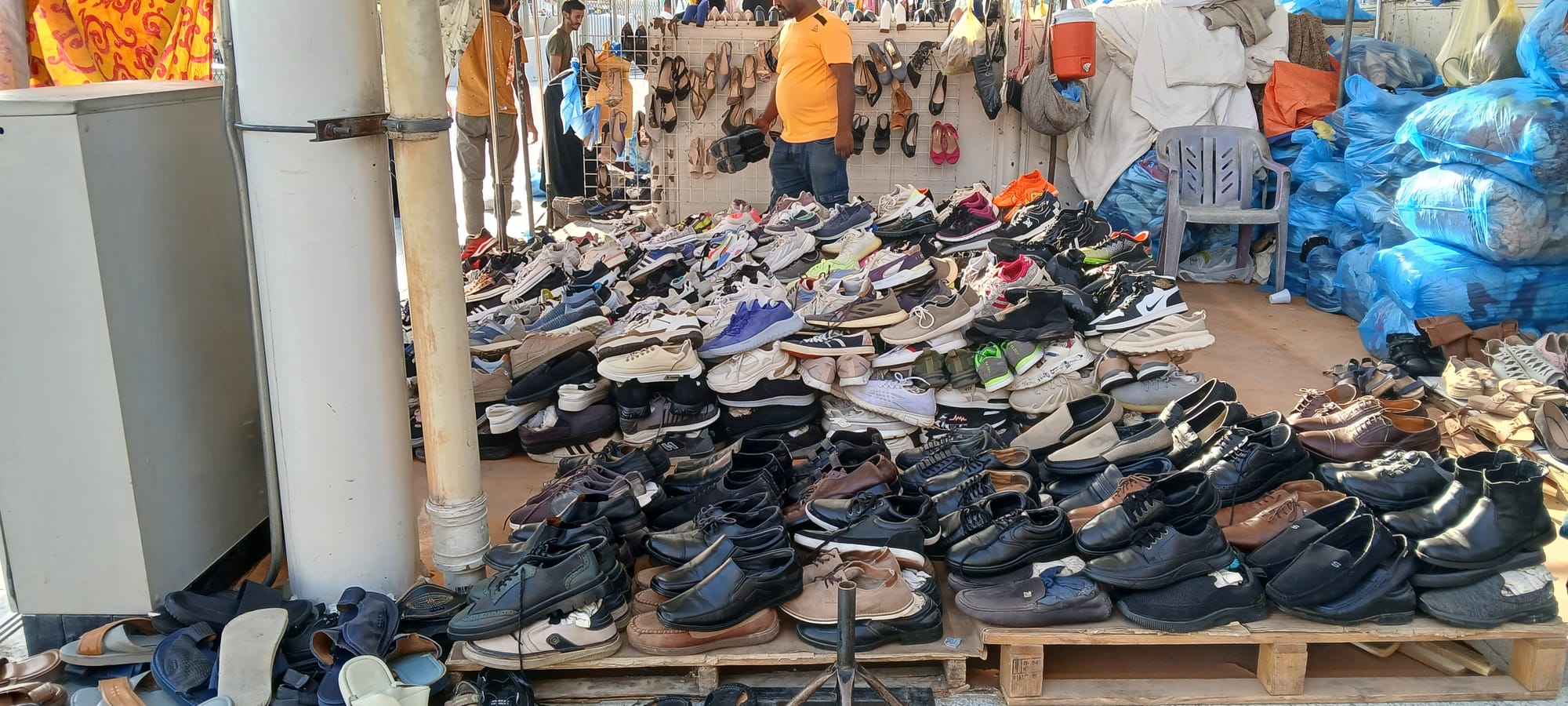
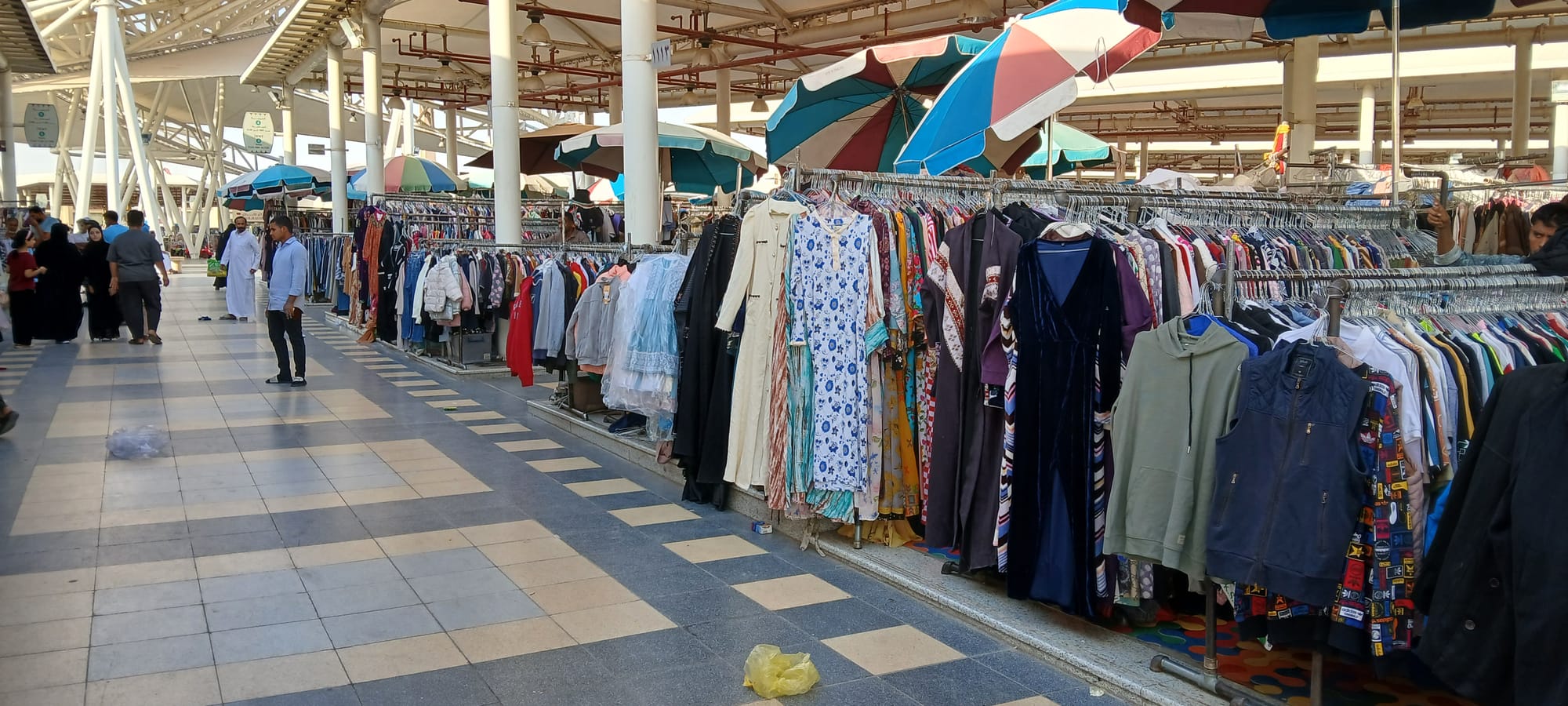

as reluctant to produce my Olympus camera here as in the heavily policed zones around Al Masmak. . .
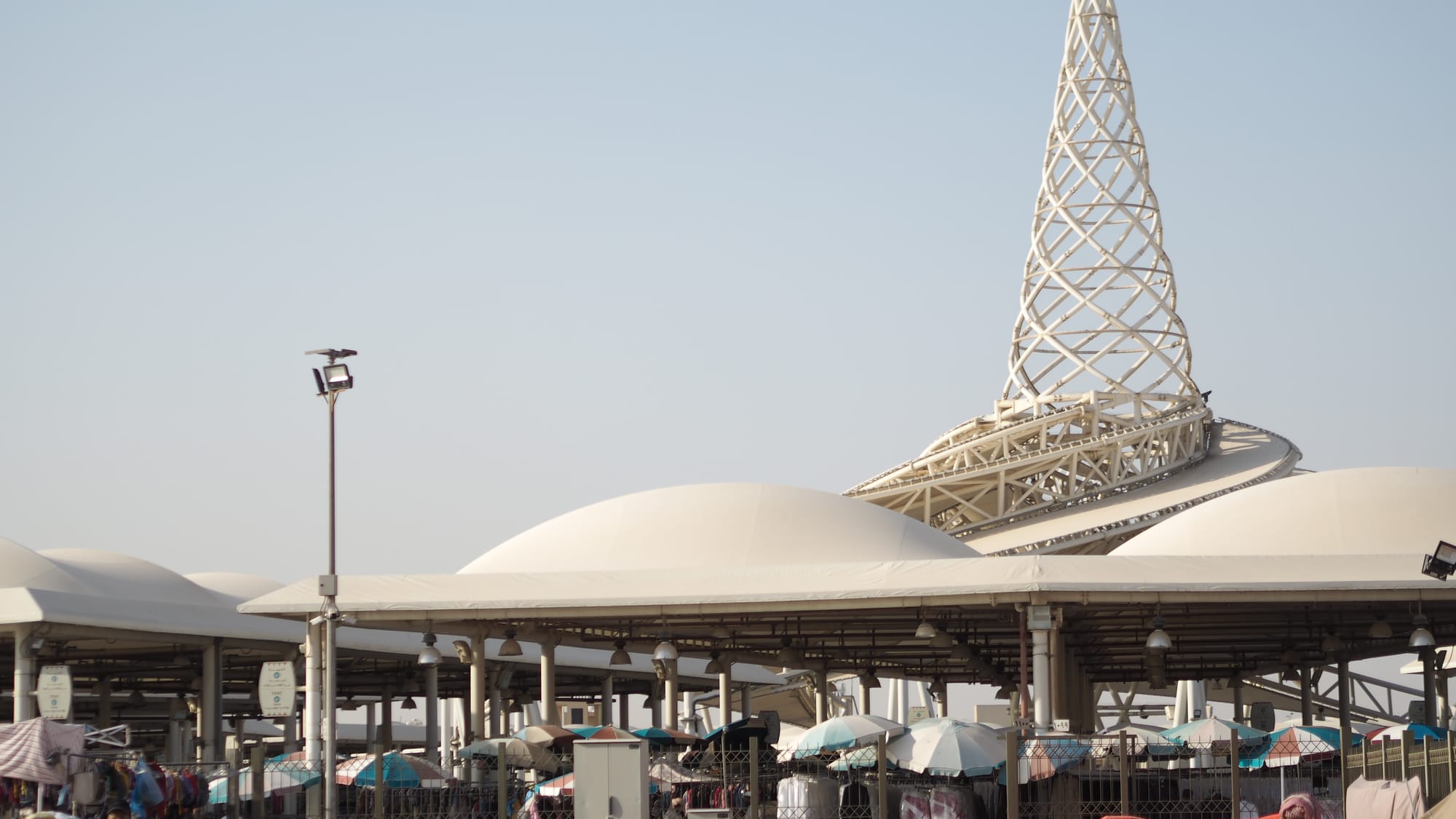
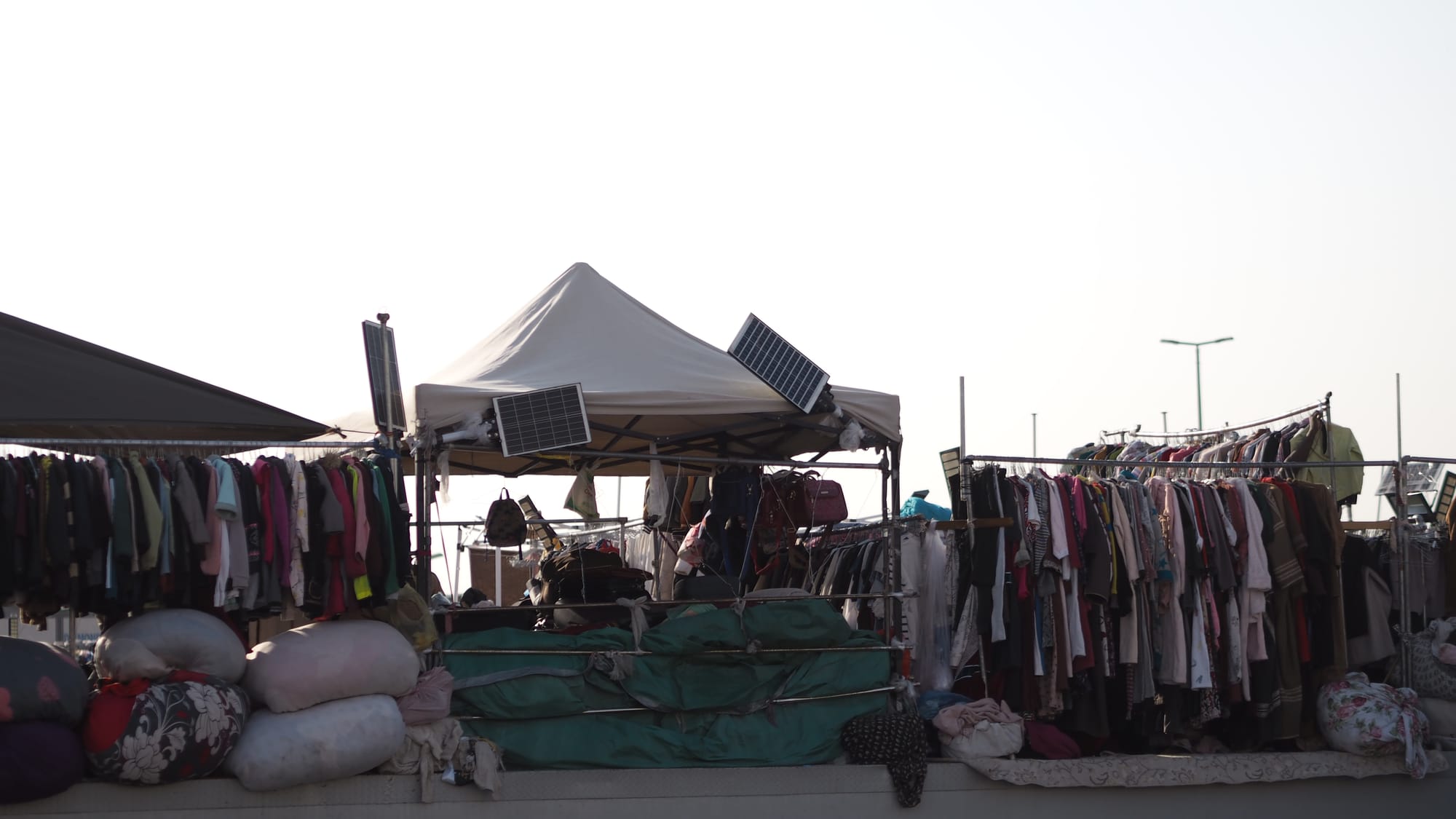


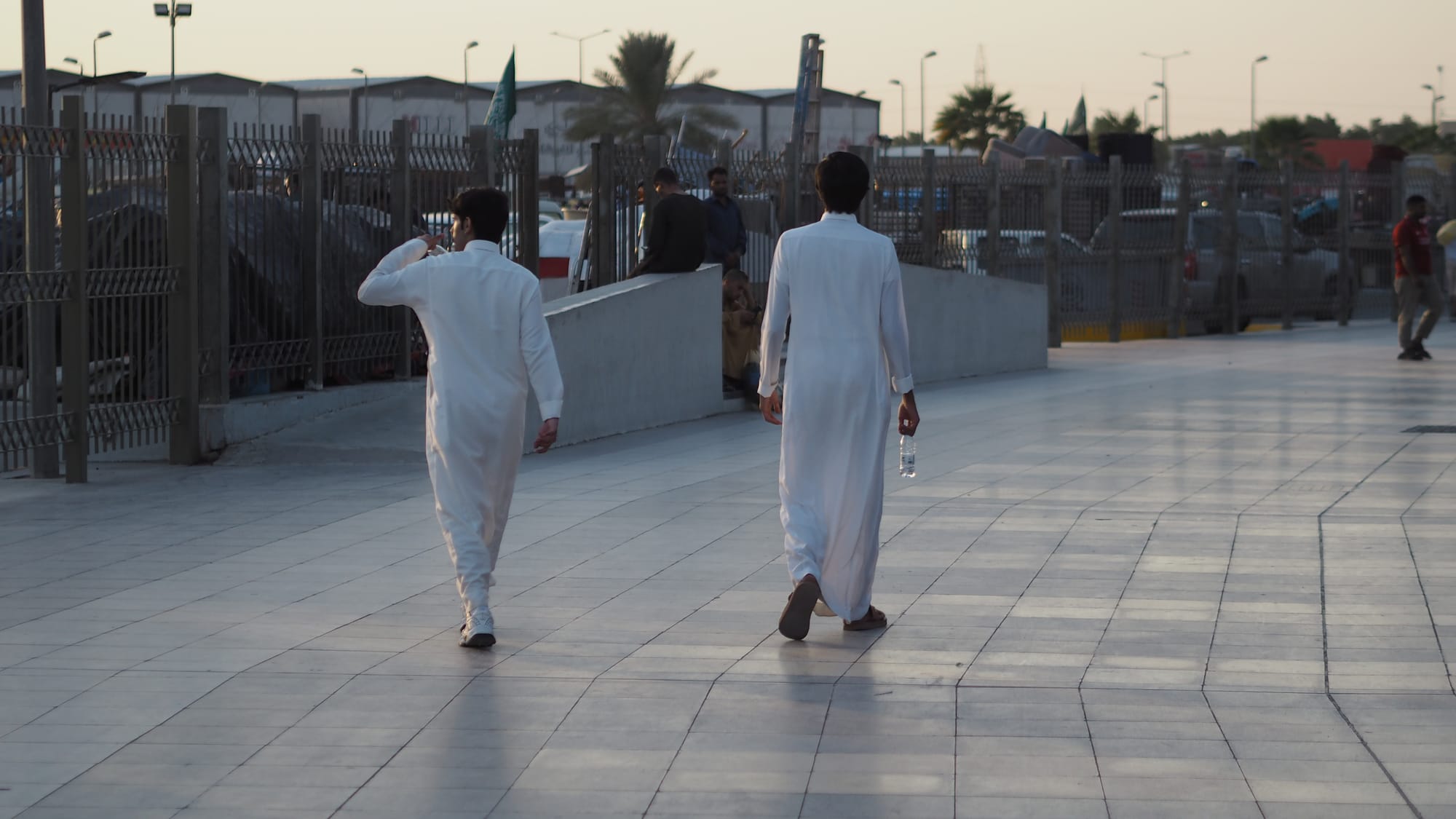
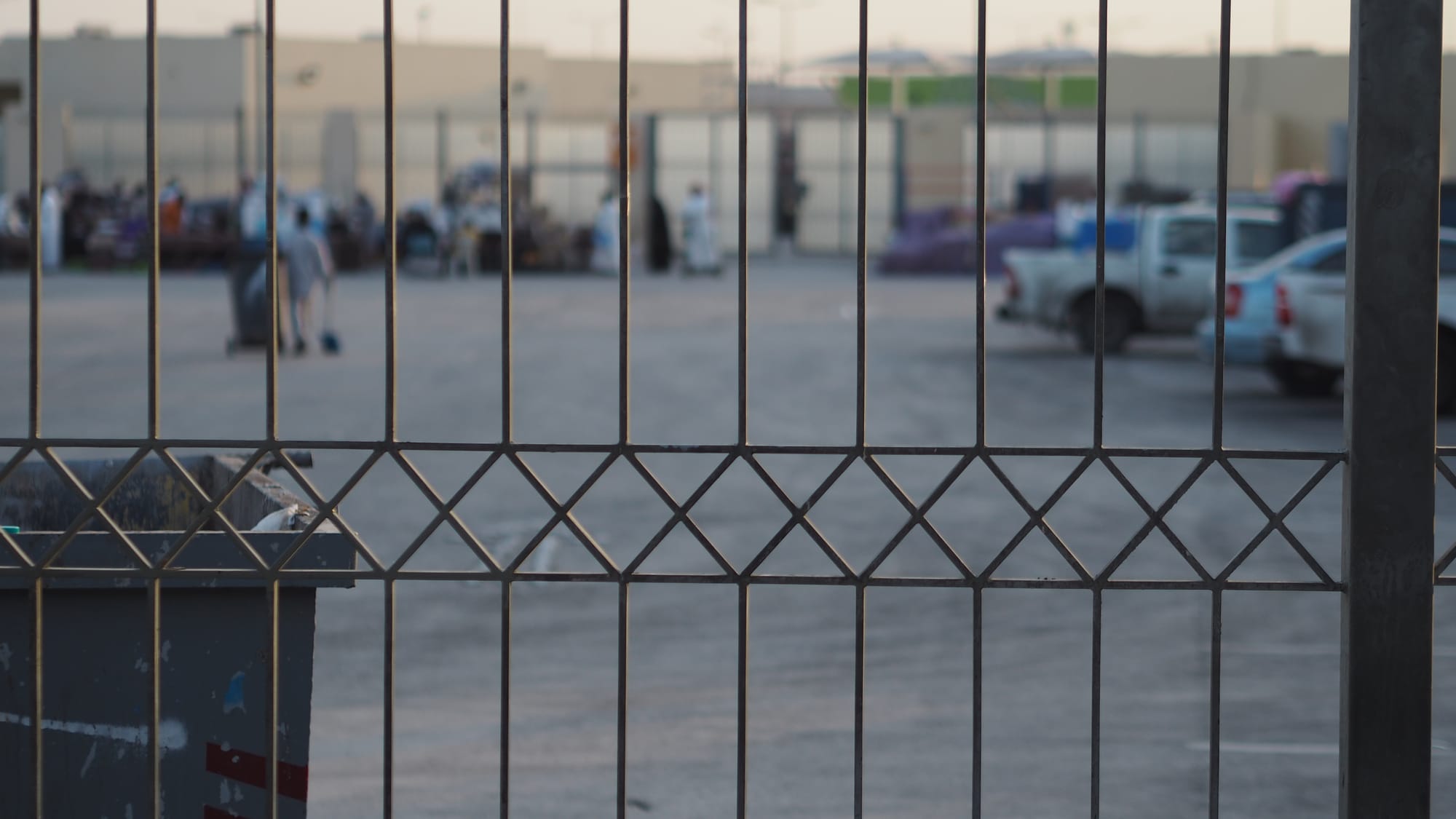
phone cameras however odd it is always tolerated. . .

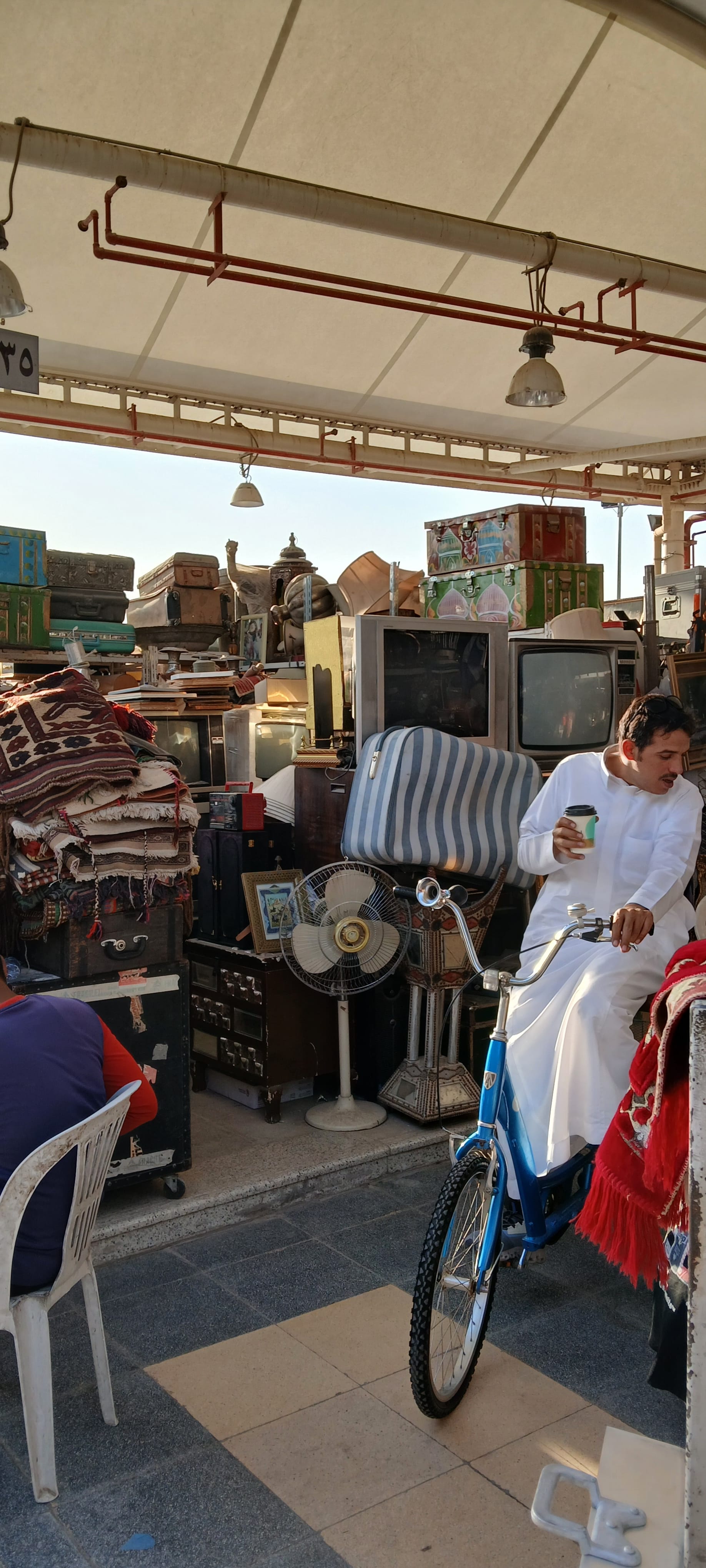

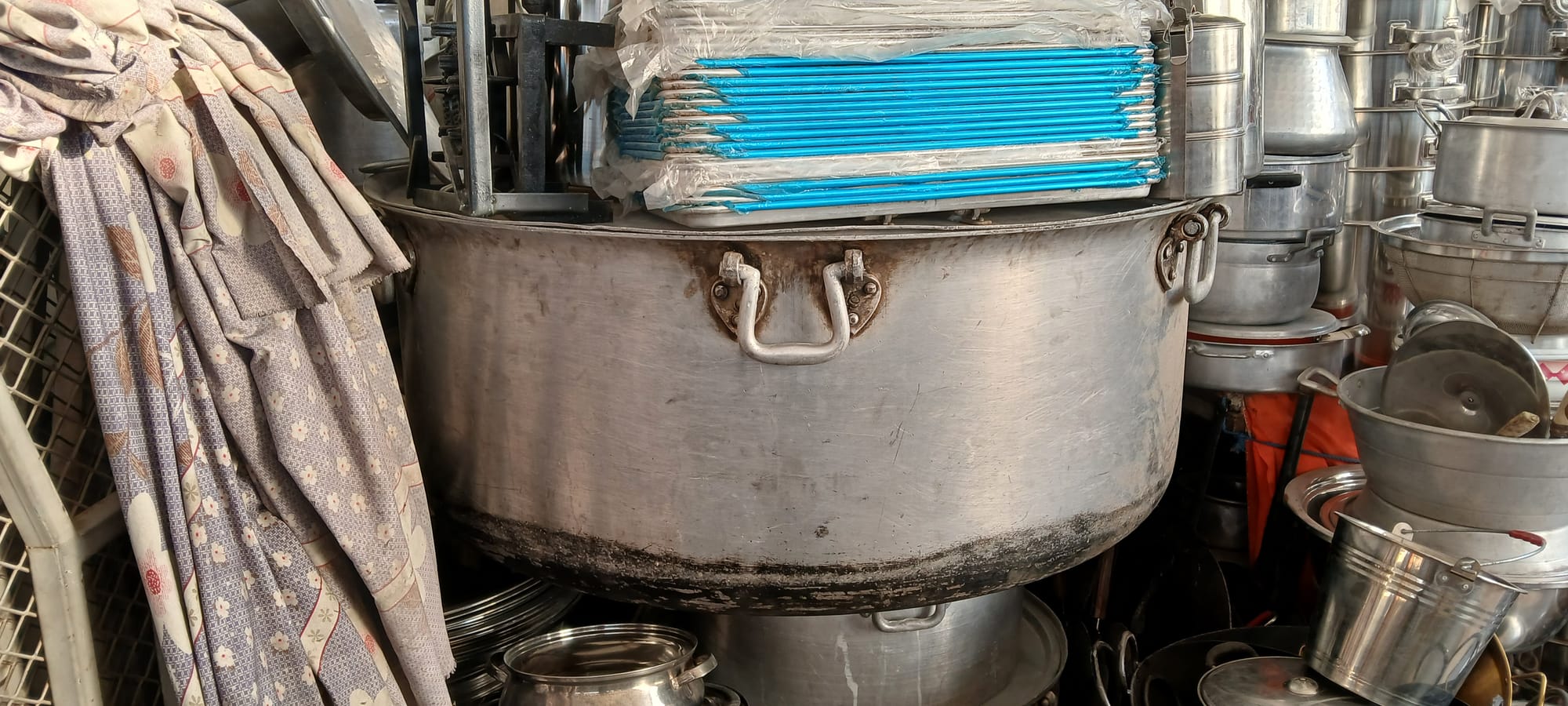
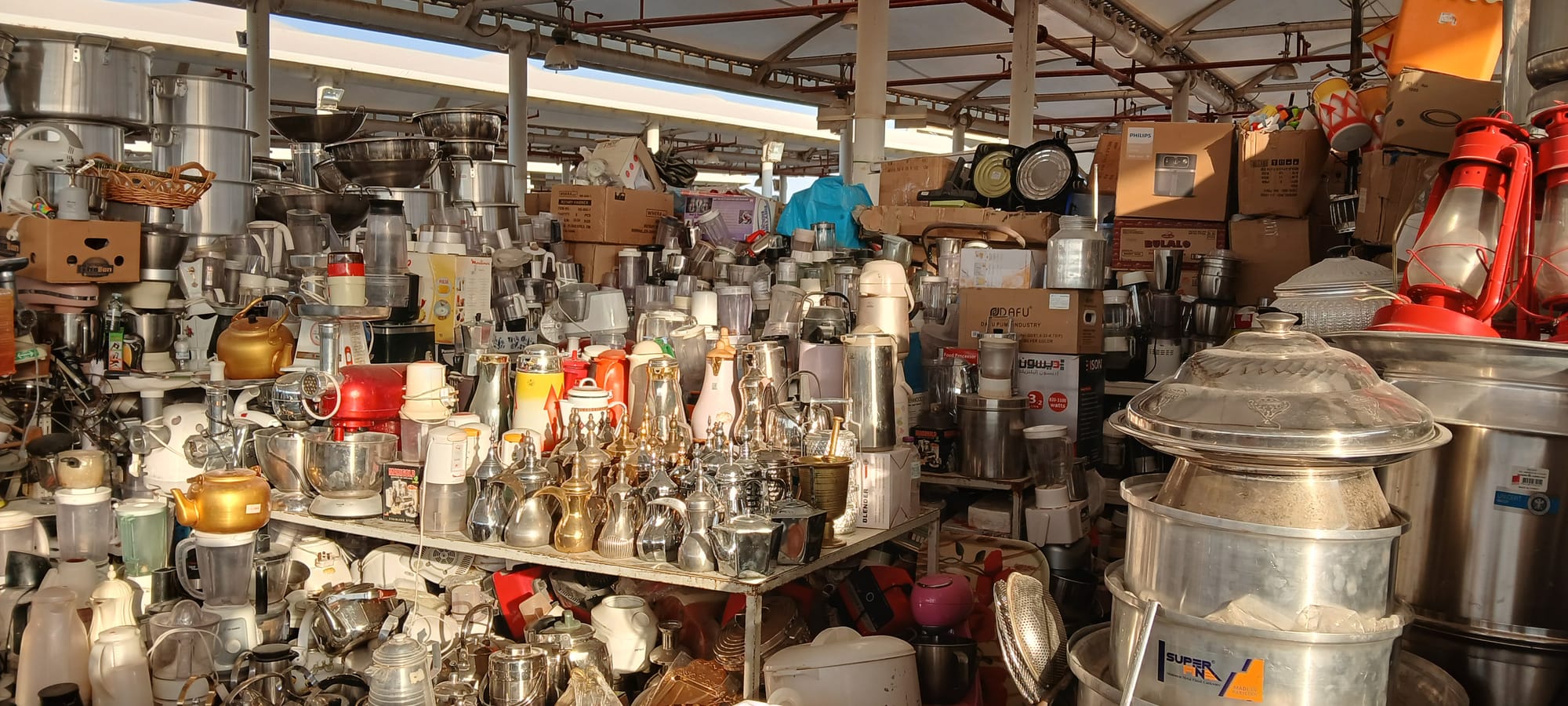
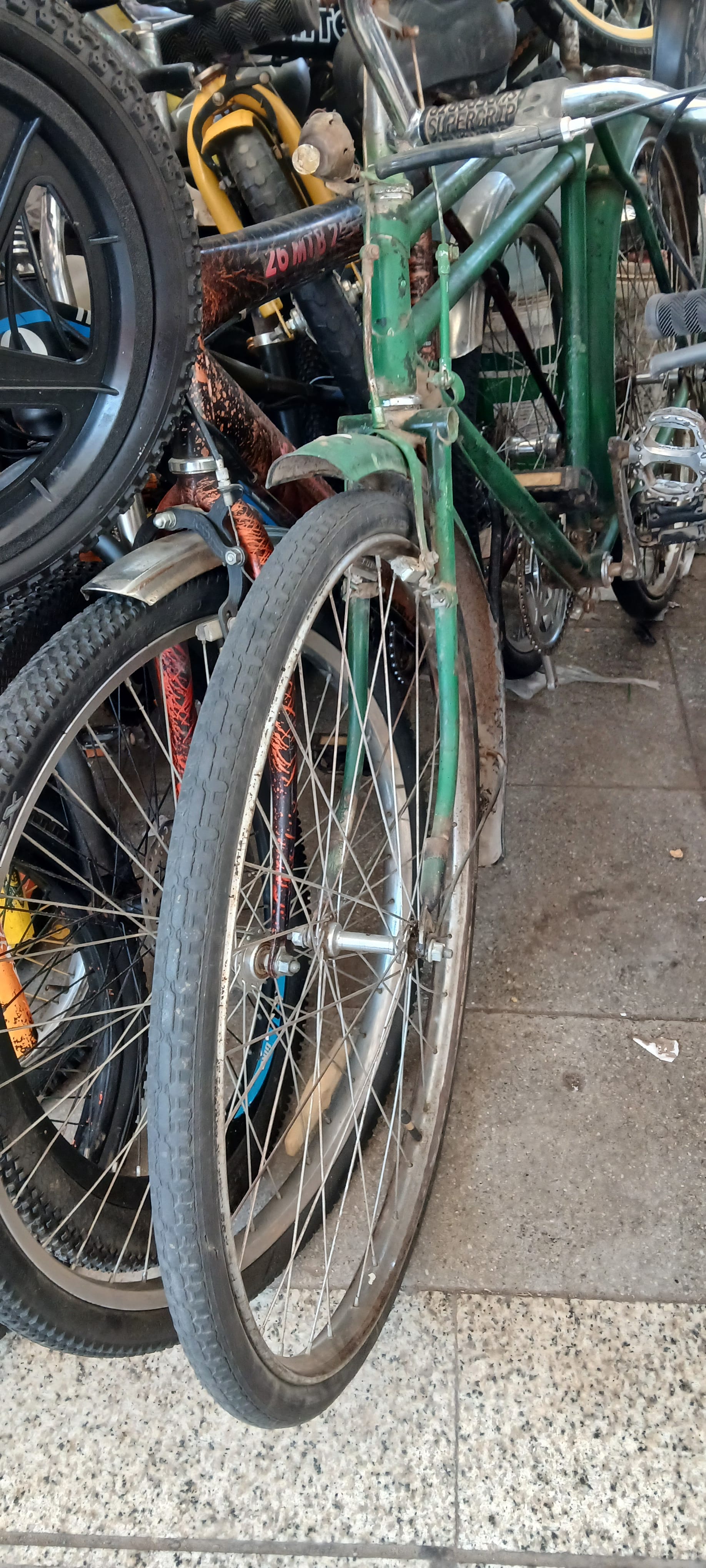
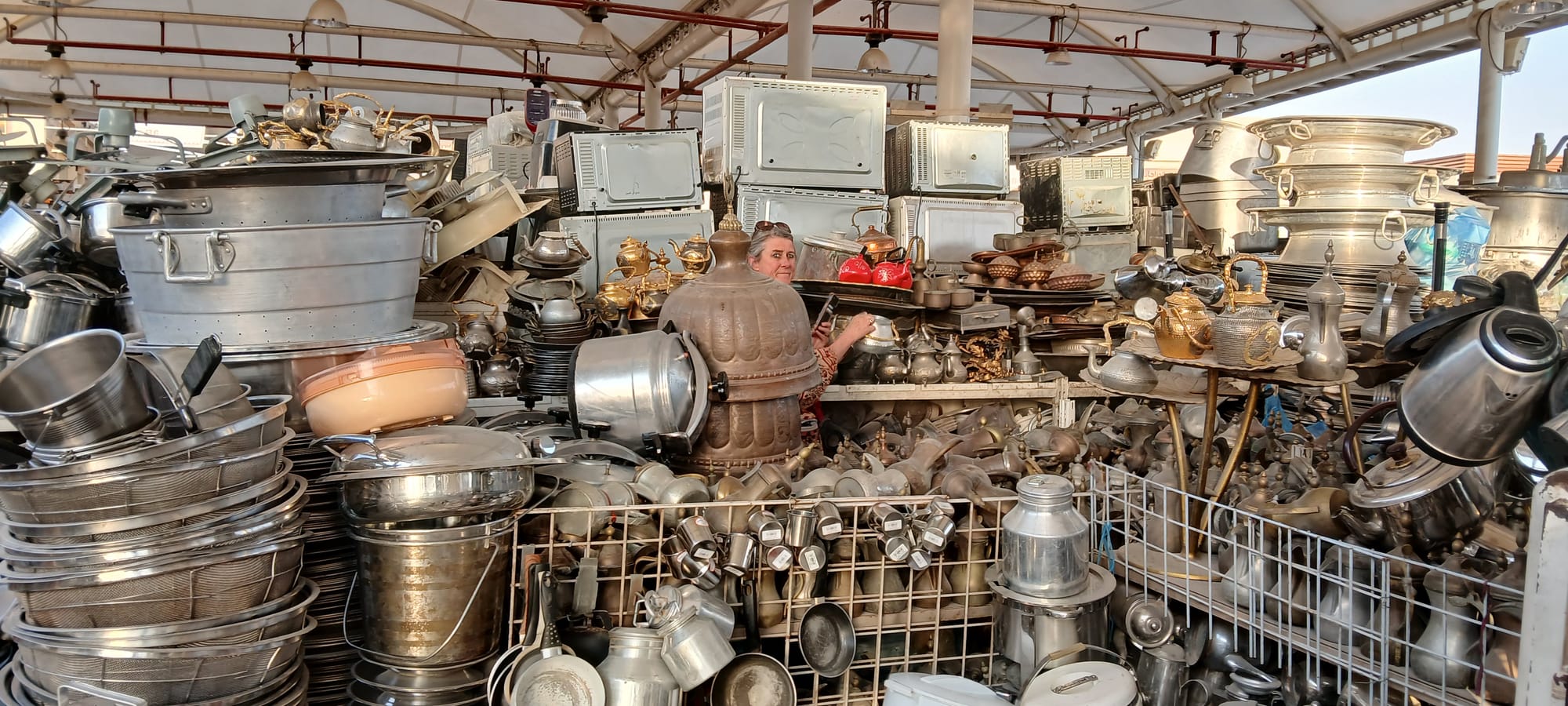

of note below, bikes, confined, given the cost of a new one, upwards of @NZD1000 for equivalent to what I bought in NZ for a tenth that, to a static bike, I'm tempted by the two-top bar classics here, and of note, Einstein, icon or relic?
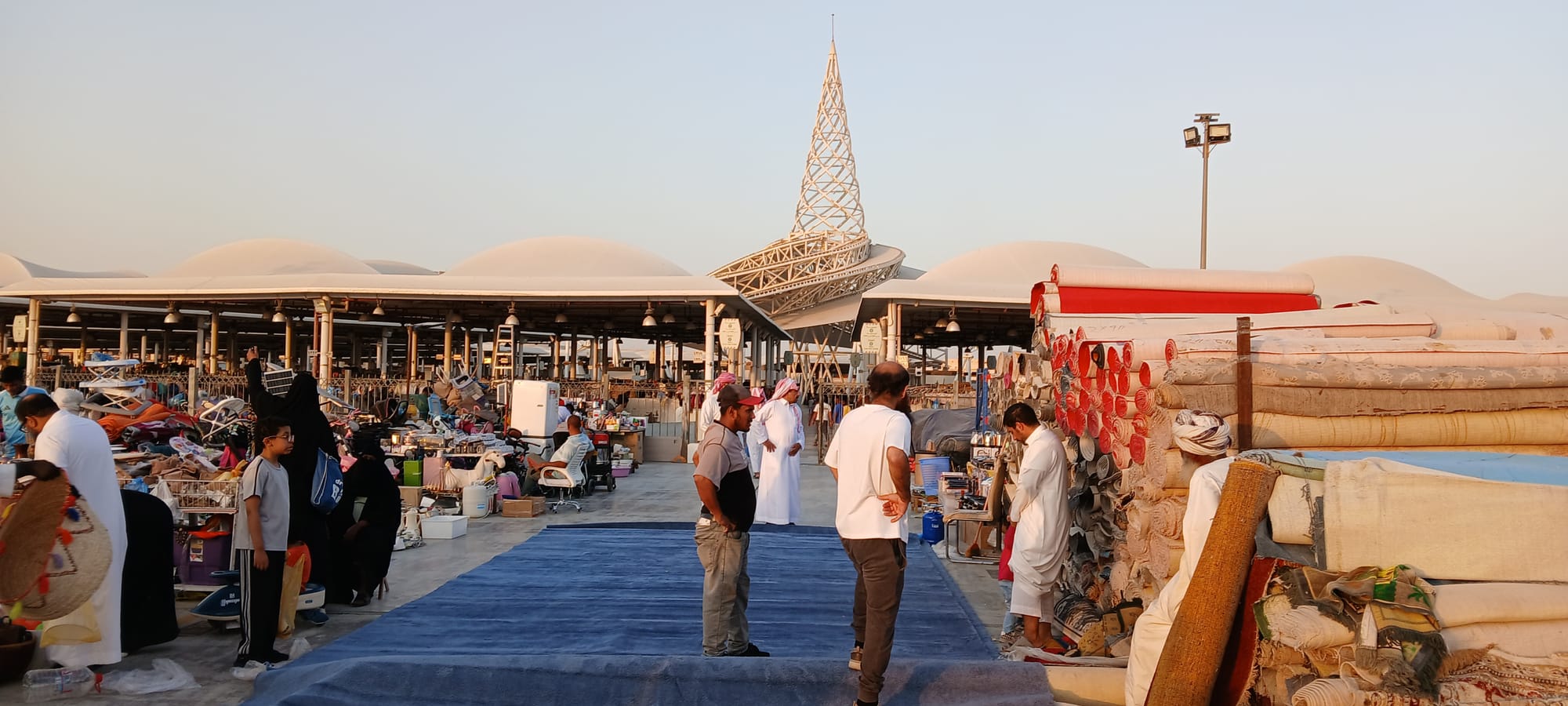


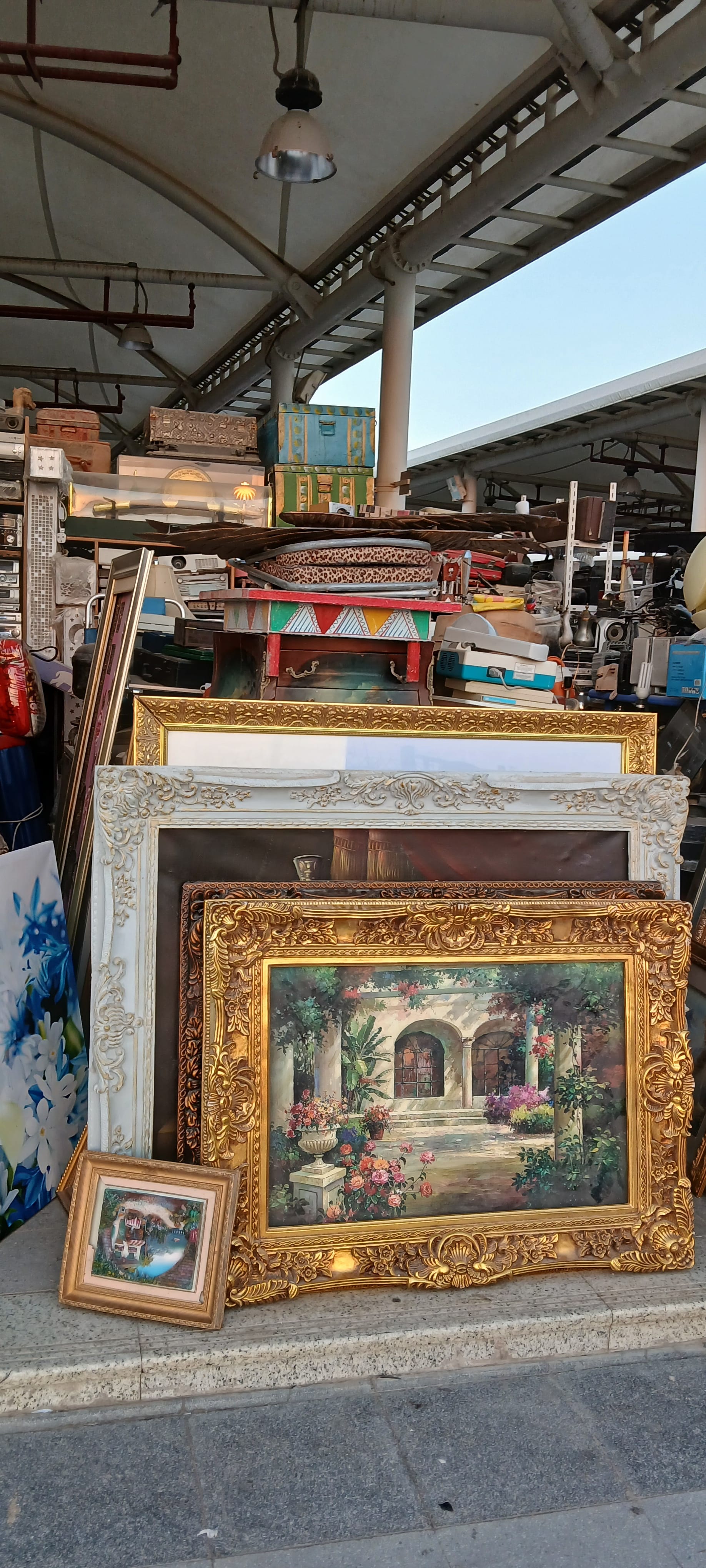
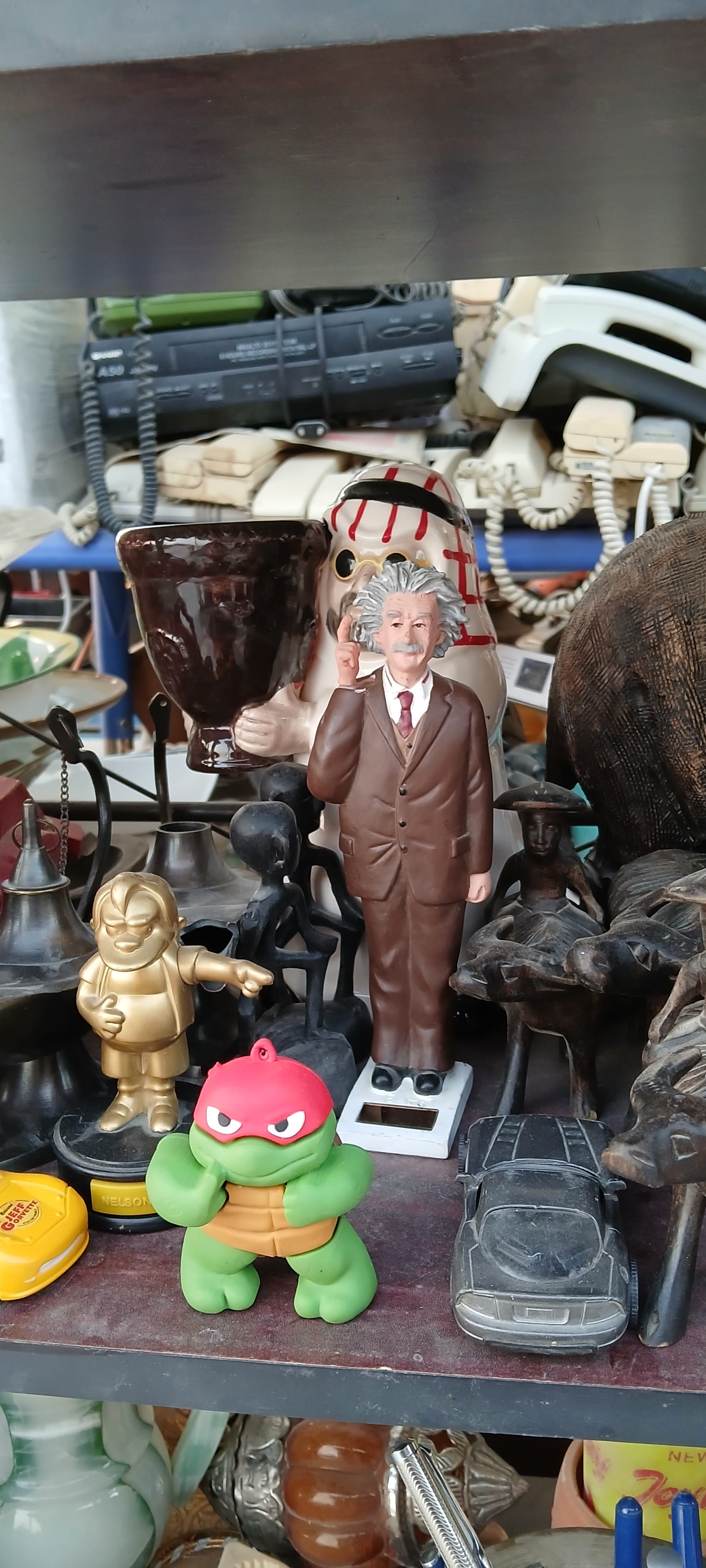
. . . a last minute decision to go left rather than right at the fork, beside the truck with the patterns, out of the suburbs, dusking. . .
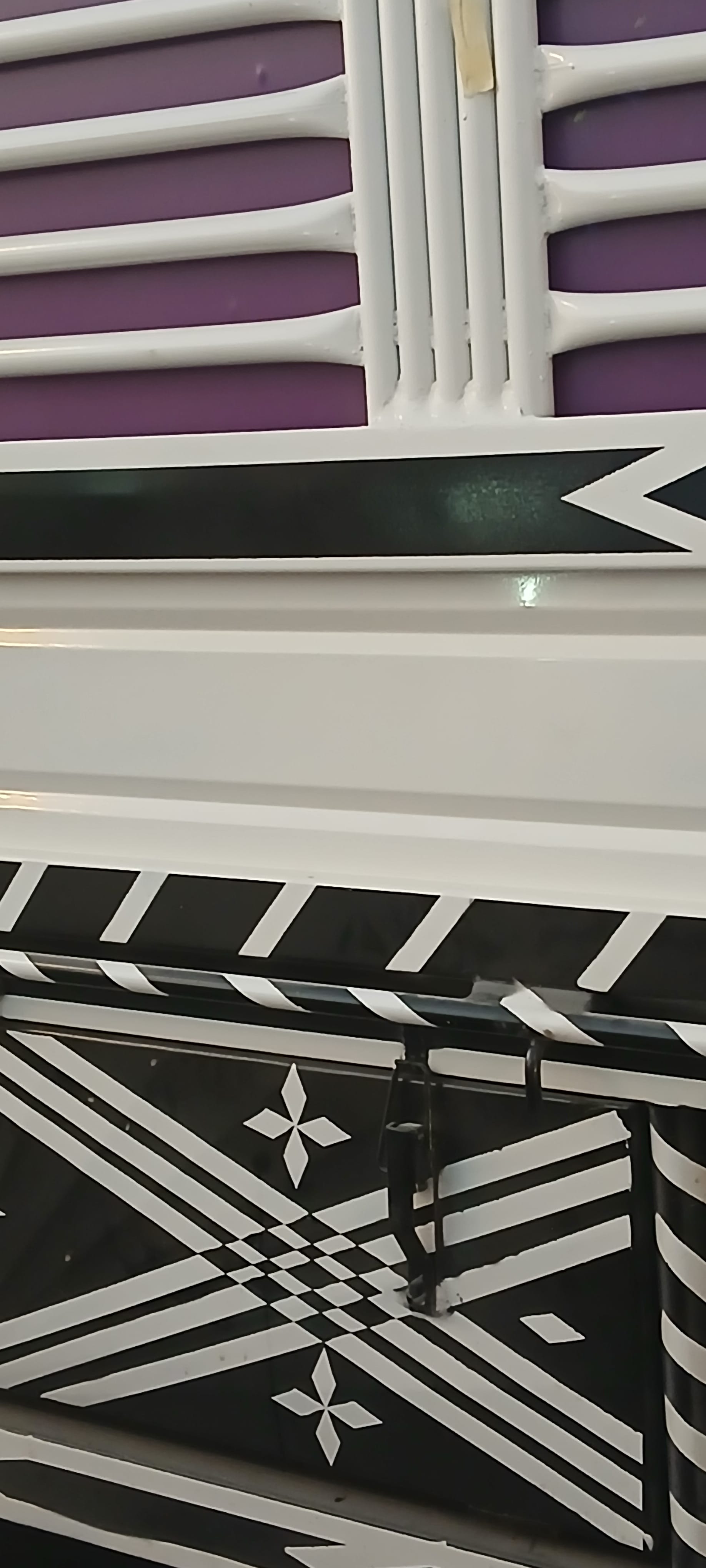
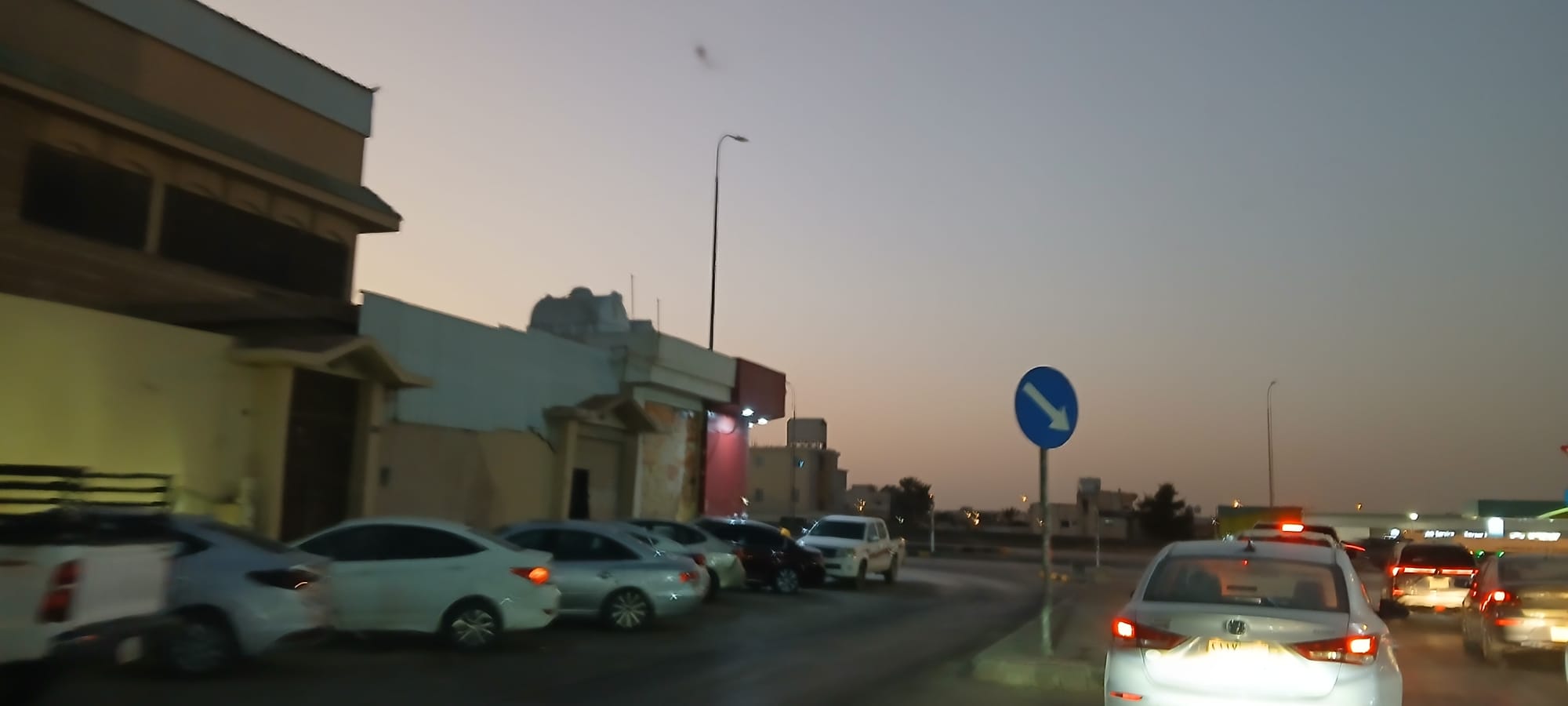
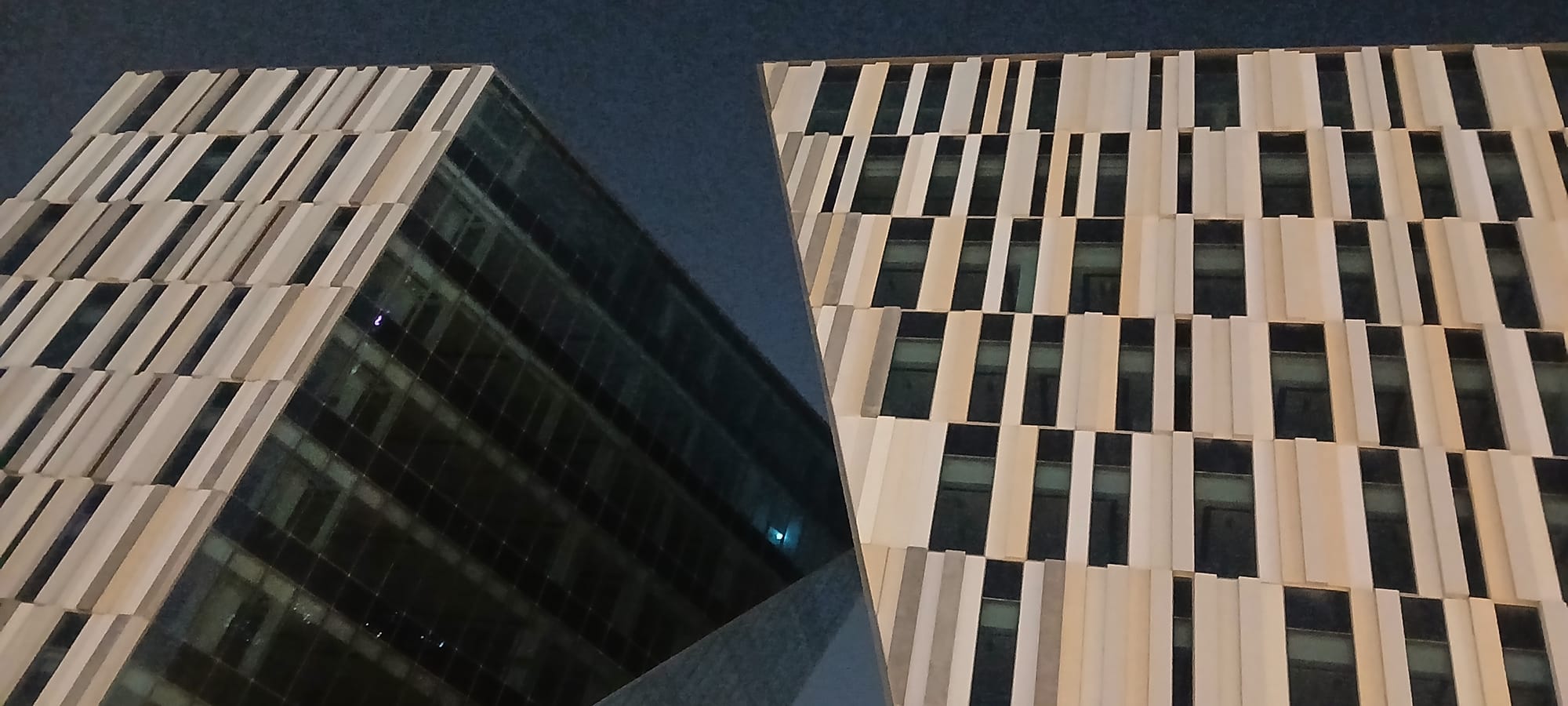
love from Riyadh,
حب من الرياض
Simon
